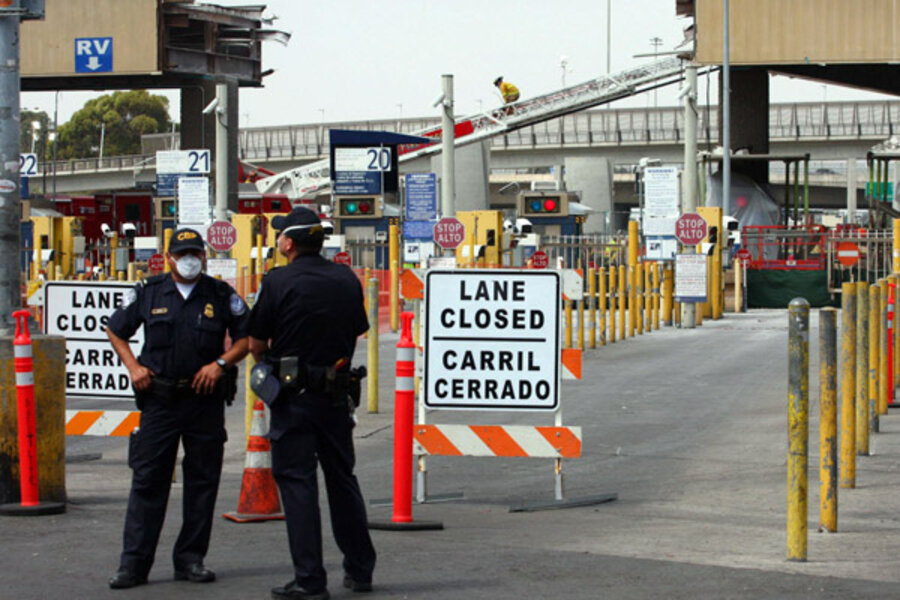In the same period that arrests have gone down along the US-Mexico border, the number of agents placed there has doubled. The Obama administration is responsible for a historic number of deportations. Recent figures from the Immigration and Customs Enforcement agency (ICE) show that nearly 400,000 individuals were deported between October 2010 and September 2011.
Some believe that tough state laws like those in Arizona and Alabama have also had a deterrent effect. Critics argue that tougher enforcement does not have a direct link to reduced migration flows. Still, a tougher US stance has had an indirect one: It has pushed up smuggler fees, making it too difficult for some migrants to pay.





